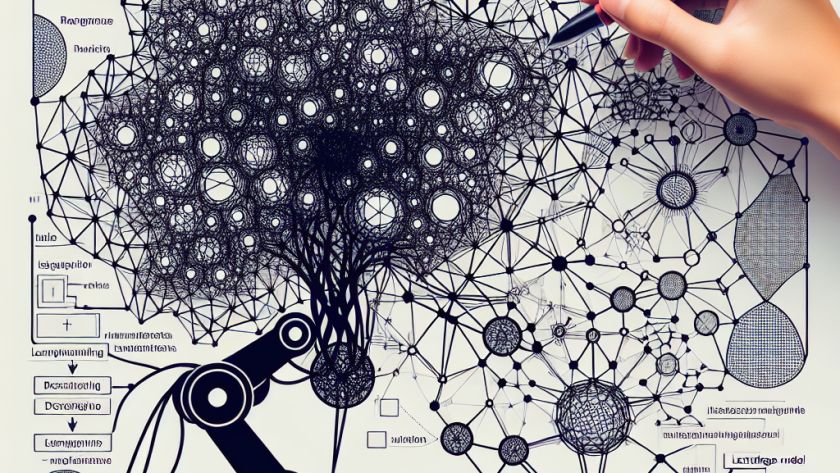Scientists from The Hong Kong University of Science and Technology, and the University of Illinois Urbana-Champaign, have presented ScaleBiO, a unique bilevel optimization (BO) method that can scale up to 34B large language models (LLMs) on data reweighting tasks. The method relies on memory-efficient training technique called LISA and utilizes eight A40 GPUs.
BO is attracting…












